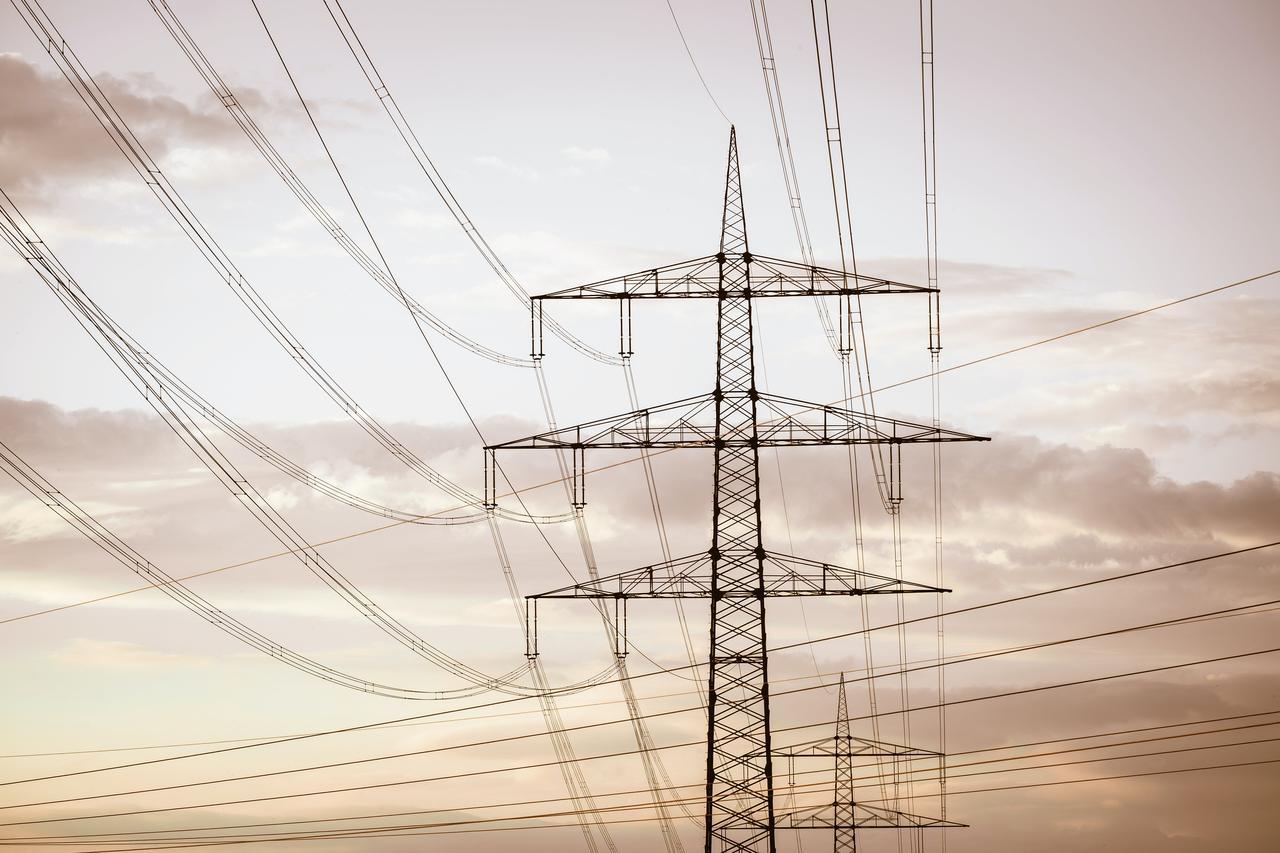Vortex Indicator: A New Perspective on Trend Strength

The Vortex Indicator is a relatively new technical analysis tool that offers a novel approach to assessing trend strength and direction. Introduced by Etienne Botes and Douglas Siepman, the indicator draws inspiration from the natural flow and vortices in water. This article will delve into the Vortex Indicator, discussing its calculation, application in various trading strategies, and how it can be effectively combined with other technical tools for enhanced market insights.
Fundamentals of the Vortex Indicator
Understanding the basics of the Vortex Indicator is essential for its effective application in market analysis.
How the Vortex Indicator Works
The Vortex Indicator consists of two lines: VI+ (positive) and VI- (negative). These lines are calculated based on the highest highs and lowest lows over a specified period, typically 14 days. The VI+ line measures the upward trend movement, while the VI- line measures the downward trend movement.
Interpreting the Indicator
The key to using the Vortex Indicator lies in the crossover and the relative positions of the VI+ and VI- lines. When VI+ crosses above VI-, it suggests a bullish trend. Conversely, a cross of VI- over VI+ indicates a bearish trend. The greater the distance between the two lines, the stronger the trend.
Trading Strategies with the Vortex Indicator
The Vortex Indicator can be employed in various trading strategies to identify trend reversals and strength.
Trend Identification and Confirmation
The Vortex Indicator is effective in identifying the start of new trends and confirming the strength of existing trends. Traders can use crossovers as signals for entry or exit. For example, entering a trade on a VI+ crossover above VI- in an upward trend can be a strategy for capturing the trend’s momentum.
Divergence for Reversals
Divergence between the Vortex Indicator and price action can signal potential reversals. For instance, if the price is making new highs but VI+ is declining, it might suggest weakening bullish momentum and a potential bearish reversal.
Enhancing Vortex Indicator Analysis with Other Technical Tools
For a more comprehensive trading approach, integrating the Vortex Indicator with other technical analysis tools can offer a more nuanced view of the market.
Synergy with Moving Averages
Pairing the Vortex Indicator with moving averages can help validate the trend indicated by the Vortex Indicator. For example, a bullish crossover in the Vortex Indicator along with the price above a key moving average can reinforce a bullish signal.
Combining with Momentum Indicators
Using momentum indicators like the Relative Strength Index (RSI) or Stochastic Oscillator in conjunction with the Vortex Indicator can provide insights into overbought or oversold conditions, adding depth to the analysis provided by the Vortex Indicator.
In conclusion, the Vortex Indicator offers traders a unique perspective on trend strength and direction, enhancing their ability to make informed trading decisions. By applying the Vortex Indicator in various trading strategies and integrating it with other technical tools, traders can gain a comprehensive understanding of market dynamics, leading to potentially more successful trading outcomes. Whether used for identifying new trends, confirming existing ones, or spotting potential reversals, the Vortex Indicator is a valuable addition to any trader’s technical analysis toolkit.
Excited by What You've Read?
There's more where that came from! Sign up now to receive personalized financial insights tailored to your interests.
Stay ahead of the curve - effortlessly.

